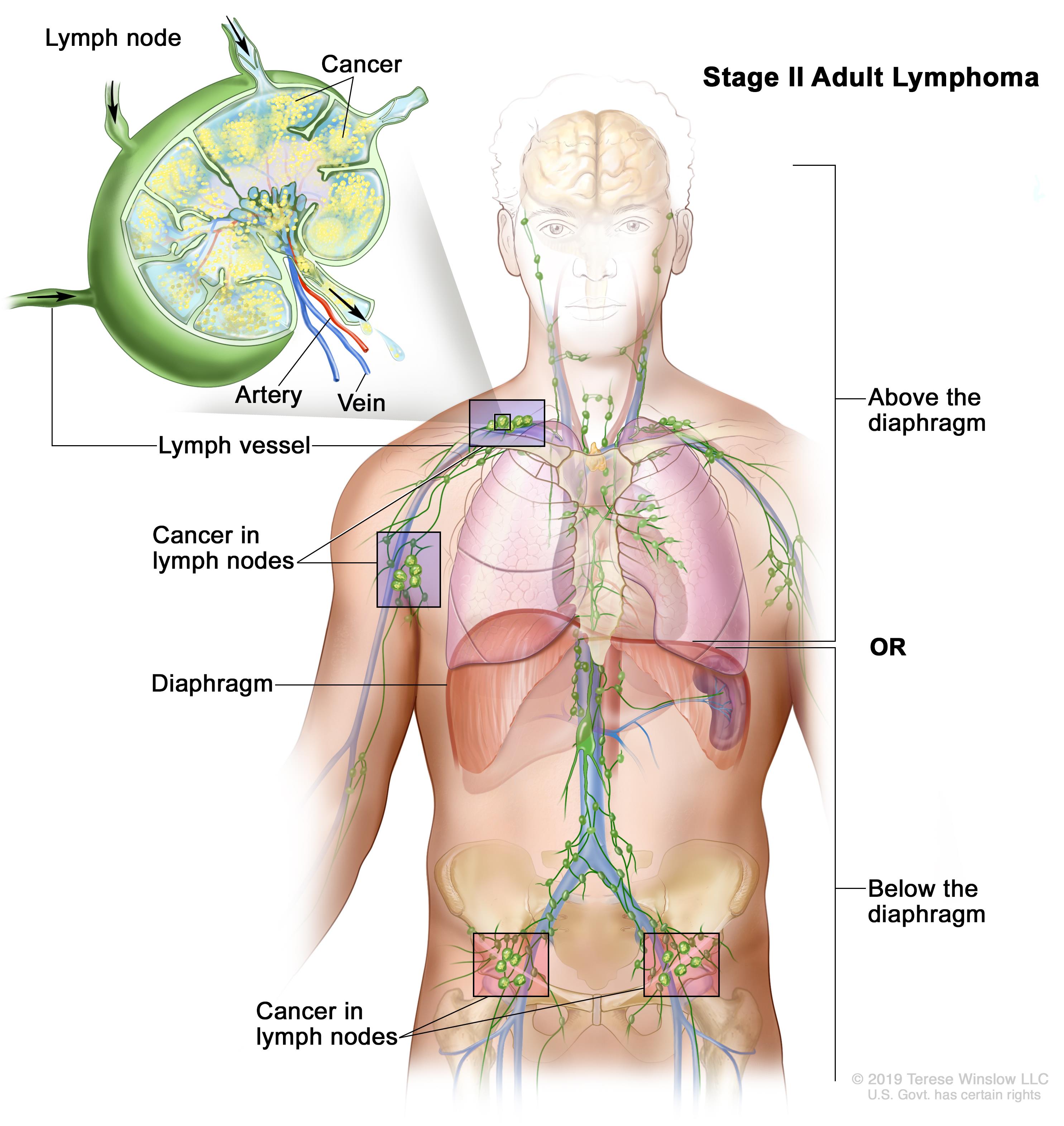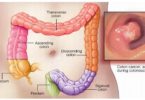What's in this article?
What is Non-Hodgkin lymphoma
Non–Hodgkin lymphoma (also known as non–Hodgkin’s lymphoma, NHL, or sometimes just lymphoma) is a cancer that starts in cells called lymphocytes, which are part of the body’s immune system. Lymphocytes are in the lymph nodes and other lymphoid tissues (such as the spleen and bone marrow).
Non-Hodgkin’s lymphoma is a type of cancer that originates in the lymphatic system. It is estimated to be the sixth most common cancer in the United States. The lymphatic system is part of the body’s immune system and helps fight infections and other diseases. In addition, the lymphatic system filters out bacteria, viruses, and other unwanted substances.
The lymphatic system consists of the following:
Lymph vessels: These vessels branch out throughout the body similar to blood vessels.
- Lymph: The lymph vessels carry a clear fluid called lymph. Lymph contains white blood cells including a type of white blood cell called lymphocytes (such as B cells and T cells).
- Lymph nodes: Lymph vessels are interconnected to small masses of lymph tissue called lymph nodes. Lymph nodes are found throughout the body. Collections of lymph nodes are found in the neck, underarms, chest, abdomen, and groin. Lymph nodes store white blood cells. When you are ill and the lymph nodes are active, they will swell and be easily palpable (a doctor can feel them during an examination).
- Additional parts of the lymphatic system: The tonsils, thymus, and spleen are additional components of the lymphatic system. Lymphatic tissue is also found in other parts of the body, including the stomach, skin, and small intestine.
Because lymphatic tissue is found in many parts of the body, non-Hodgkin’s lymphoma can start almost anywhere.
Non-Hodgkin lymphoma Causes
Doctors aren’t sure what causes non-Hodgkin’s lymphoma.
Non-Hodgkin’s lymphoma occurs when your body produces too many abnormal lymphocytes a type of white blood cell.
Normally, lymphocytes go through a predictable life cycle. Old lymphocytes die, and your body creates new ones to replace them. In non-Hodgkin’s lymphoma, your lymphocytes don’t die, but continue to grow and divide. This oversupply of lymphocytes crowds into your lymph nodes, causing them to swell.
Non-Hodgkin lymphoma Symptoms
Non-Hodgkin’s lymphoma symptoms may include:
- Painless, swollen lymph nodes in your neck, armpits or groin
- Abdominal pain or swelling
- Chest pain, coughing or trouble breathing
- Fatigue
- Fever
- Night sweats
- Weight loss
There are many different types of NHL. It’s important your doctors know which type you have so that they can give you the best treatment.
Lymphomas are often described as B-cell lymphomas or T-cell lymphomas according to whether they began in B-cell lymphocytes or T-cell lymphocytes.
Type of B-cell lymphomas
B-cell lymphomas are more common than T-cell lymphomas. About 9 out of 10 people diagnosed with NHL have a B-cell lymphoma.
The most common types of B-cell lymphomas are:
- diffuse large B-cell lymphoma (DLBCL)
- follicular lymphoma (FL).
Other less common types include:
- Burkitt lymphoma
- MALT lymphoma (extranodal marginal zone B-cell)
- lymphoplasmacytic lymphoma (also called Waldenstrom’s macroglobulinaemia).
- mantle cell lymphoma
- mediastinal large B-cell lymphoma
- nodal marginal zone B-cell lymphoma
- small lymphocytic lymphoma
- thyroid lymphoma.
Types of T-cell lymphomas
T-cell lymphomas are much less common. There are a number of different types, including:
- peripheral T-cell lymphoma
- skin (cutaneous) lymphomas, including Mycosis fungoides and Sézary syndrome
- anaplastic large cell lymphoma
- T-cell lymphoblastic lymphoma.
Non-Hodgkin’s lymphoma Risk factors
In many cases, people who develop NHL have no risk factors, and doctors seldom know why one person develops non-Hodgkin’s lymphoma and another does not.
Certain risk factors increase the chance that a person will develop this disease although most people who have these risk factors will never develop the disease.
Risk factors
Medications that suppress the immune system: Using immunosuppressive agents (such as after an organ transplant) is a risk factor as it reduces the body’s ability to fight infection.
Weakened immune system: The risk of developing lymphoma may be increased by having a weakened immune system.
Certain infections: Certain viral and bacterial infections increase the risk of NHL. Examples are HIV, hepatitis C virus, and Epstein-Barr virus. A type of bacteria sometimes linked to NHL is the ulcer-causing H. pylori.
Note: Lymphoma is not contagious. It’s impossible to catch lymphoma from another person.
Age: Although non-Hodgkin’s lymphoma can occur in young people, the chance of developing this disease increases with age. Most people with non-Hodgkin’s lymphoma are older than 60 years of age.
Other possible links: People who work with herbicides or certain other chemicals may be at increased risk of this disease. Researchers are also looking at a possible link between using hair dyes before 1980 and non-Hodgkin’s lymphoma. None of these possible links have definitely been proven.
Note: Having one or more risk factors does not mean that a person will develop non-Hodgkin’s lymphoma. Most people who have risk factors never develop cancer.





